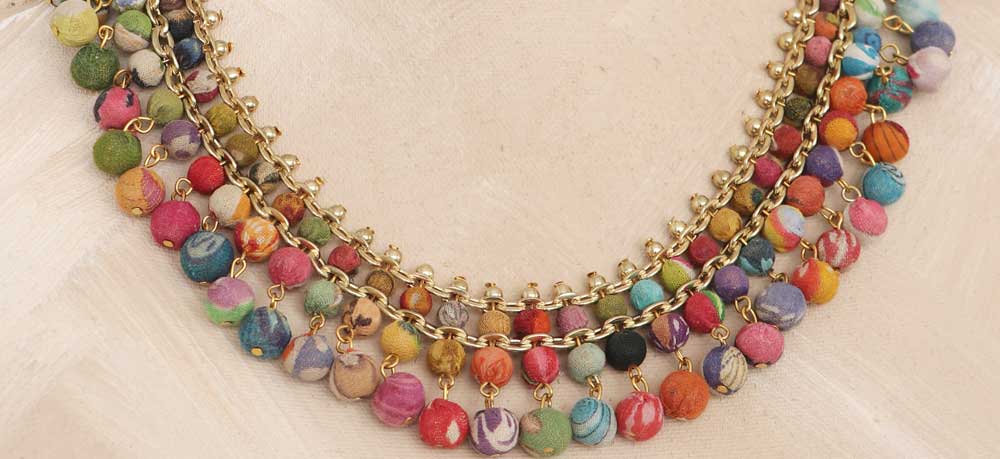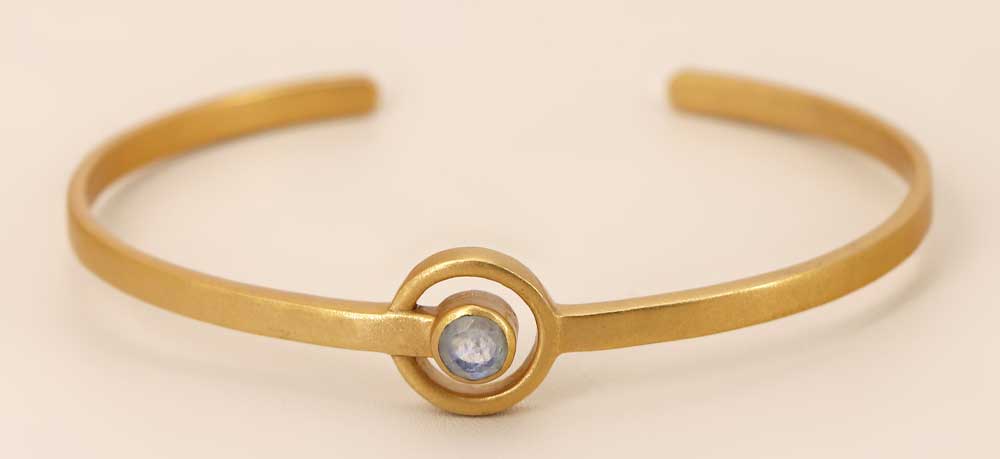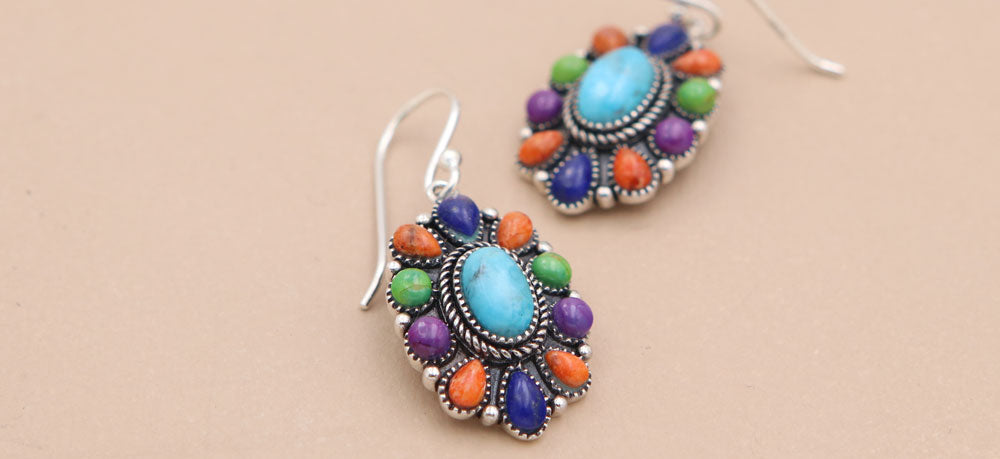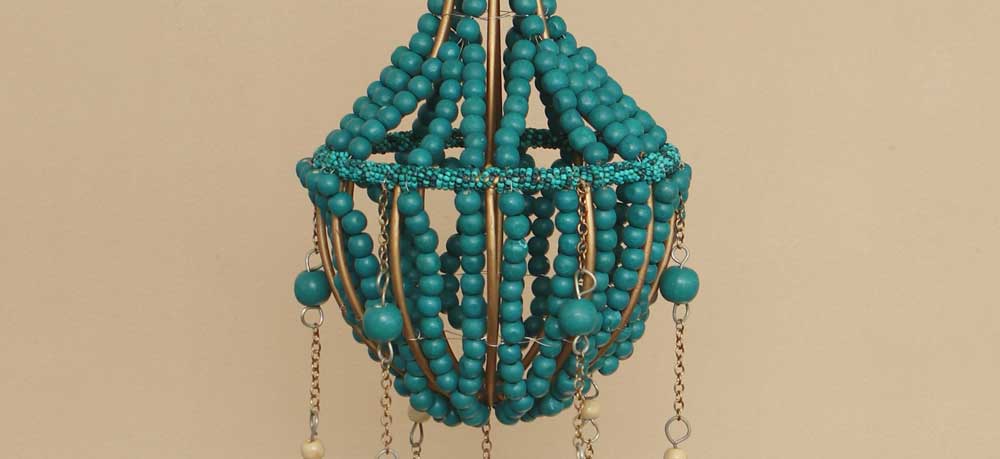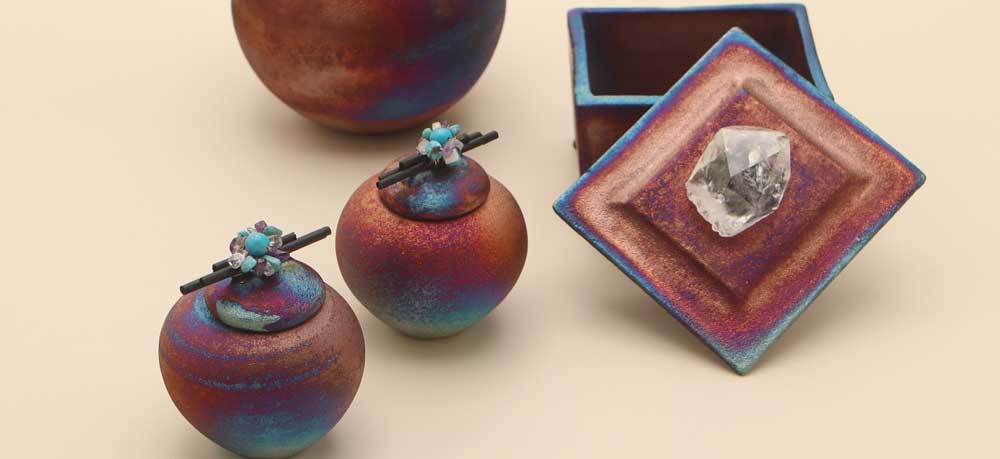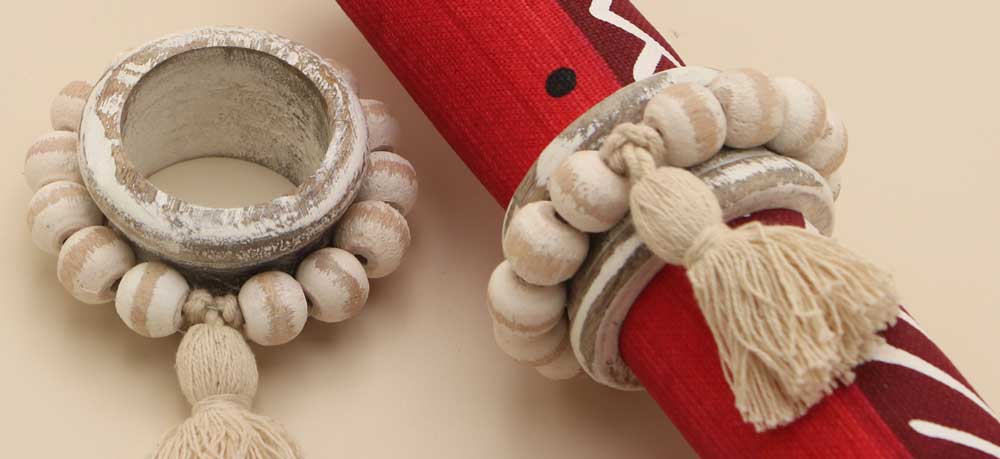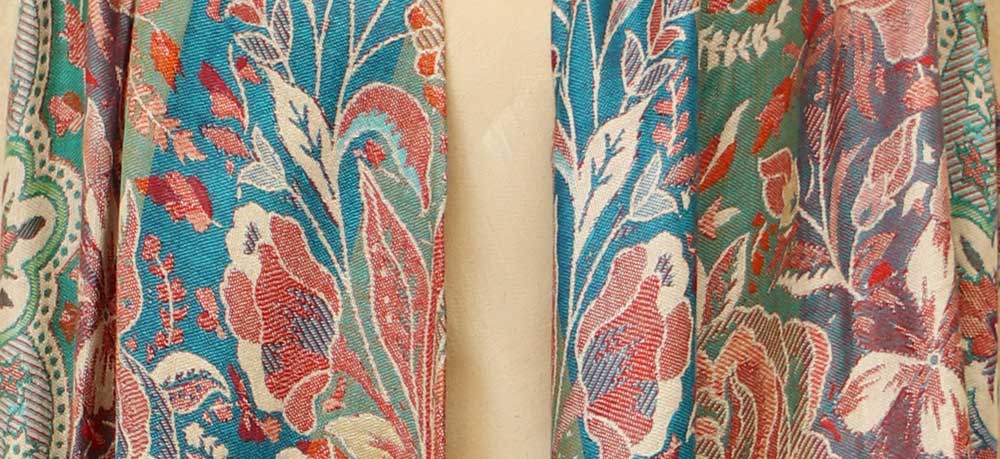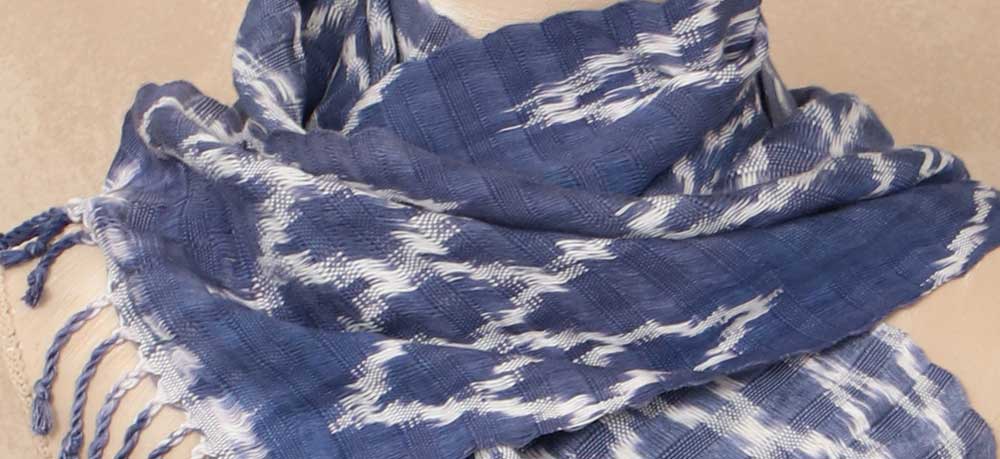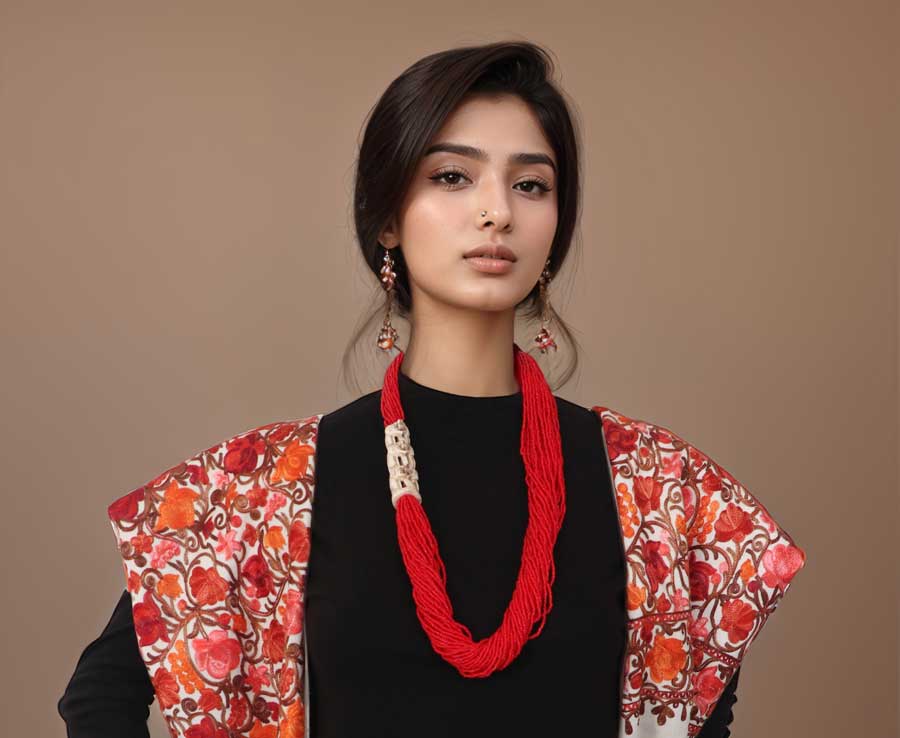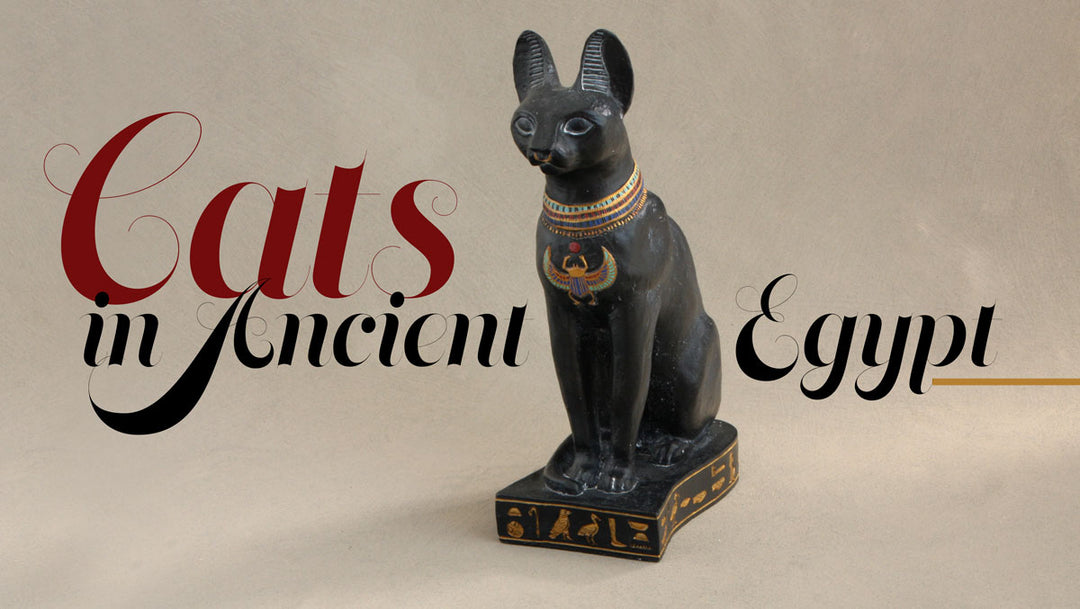What Is Ahimsa Silk?

Lightweight and lustrous, silk is one of the finest fabrics available. Yet few understand the processes used to create it. It turns out, not all silk is created equal.
What is Ahimsa Silk?
The fibers used to make silk come from the caterpillars of the moth species, Bombyx mori. These caterpillars are more popularly known as silkworms. During metamorphosis, the caterpillars spin a cocoon around themselves. The fiber they produce for their cocoons is incredibly fine. Unfortunately, in order to extract these fibers, textile manufacturers often boil or steam the cocoons, ultimately killing the caterpillars inside.
A more humane process allows the caterpillars to complete their metamorphosis and emerge as moths before using the cocoons. The silk made from this process is known as Peace Silk, Eri Silk, or Ahimsa Silk (ahimsa meaning “no harm”). Ahimsa silk is less fine and little more course than traditional silk, but still wonderfully soft and lightweight: a small price to pay to spare the life of another creature!
Where is Ahimsa Silk Made?
One region famous for its Ahimsa Silk is Assam, located in northeast India. Here, the production of silk and rearing of silkworms (also known as “sericulture”) plays an integral role in the culture and economy of Assam.
While Bombyx mori caterpillars are used for the majority of silk manufacturing, the Ahimsa Silk made in Assam comes from Philosamia ricini, a silkworm species reared indoors. This species is endemic to the area, thanks to the northeast region’s relative geographic isolation from the mainland. Their larvae are voracious eaters, feeding on castor, tapioca, and other locally grown plant leaves.
How Is Ahimsa Silk Made?
Conventional silk is reeled directly from the cocoon. However, Ahimsa fibers are course and must be spun. Assamese weavers hand spin the yarn on drop spindles or motorized single spindles. Handspinning offers more versatility in creating a wide range of yarns. It also prevents any yarn waste.
Weaving is exclusively a woman’s occupation. Assamese artisans as well as weavers from the region’s Bodo tribe weave a variety of traditional garments from the silk – wrap skirts (dokhana) worn with an upper cloth (chadar) and plain shawls. Garments made of Ahimsa silk are sometimes offered as valuable gifts. The silk is prized both for its beauty and superb thermal qualities.


